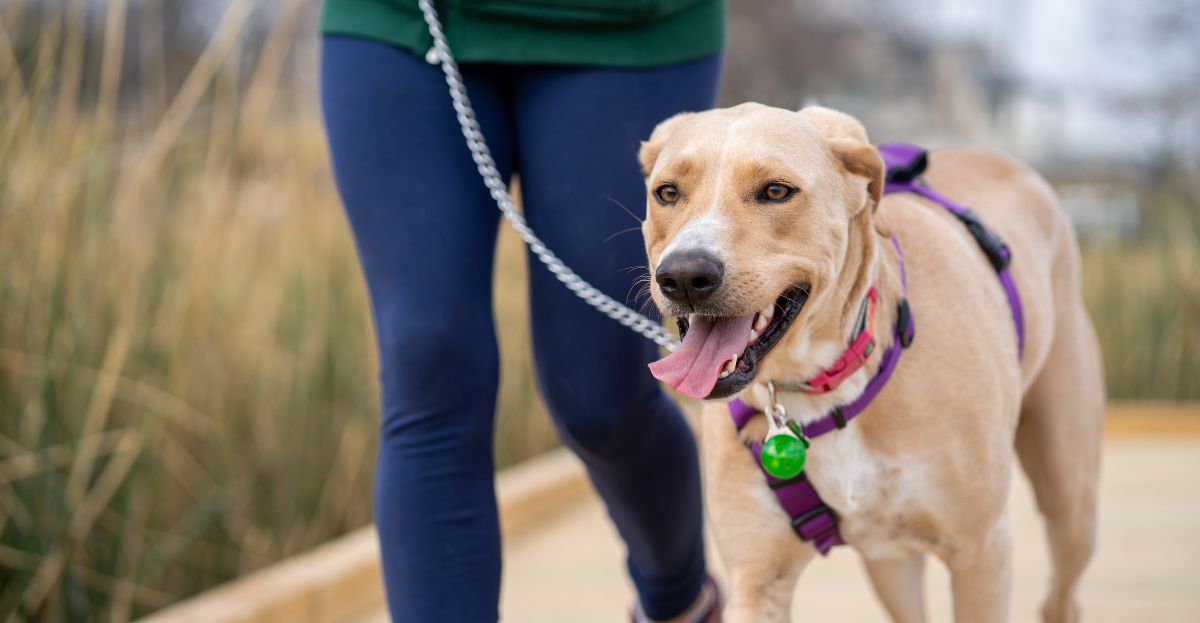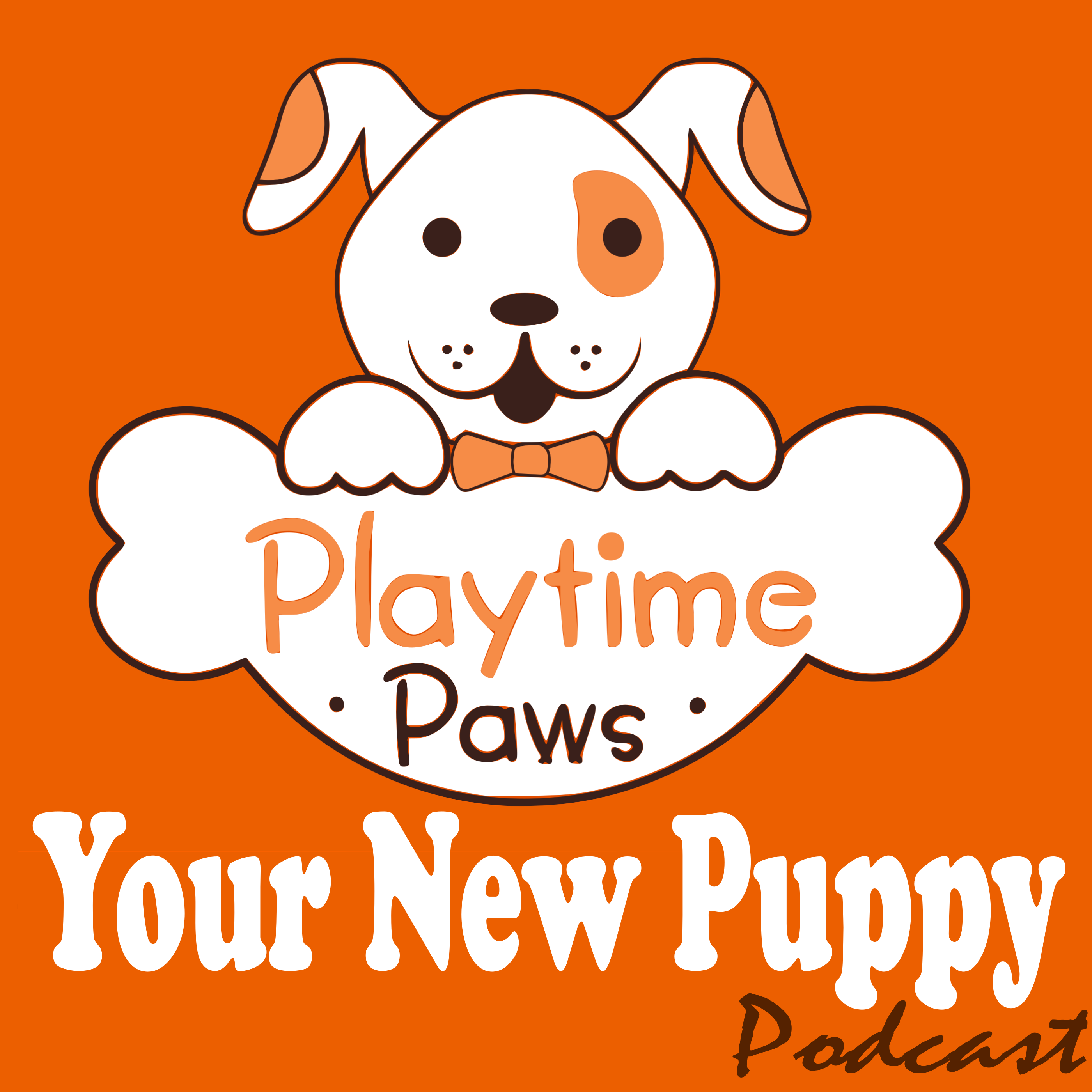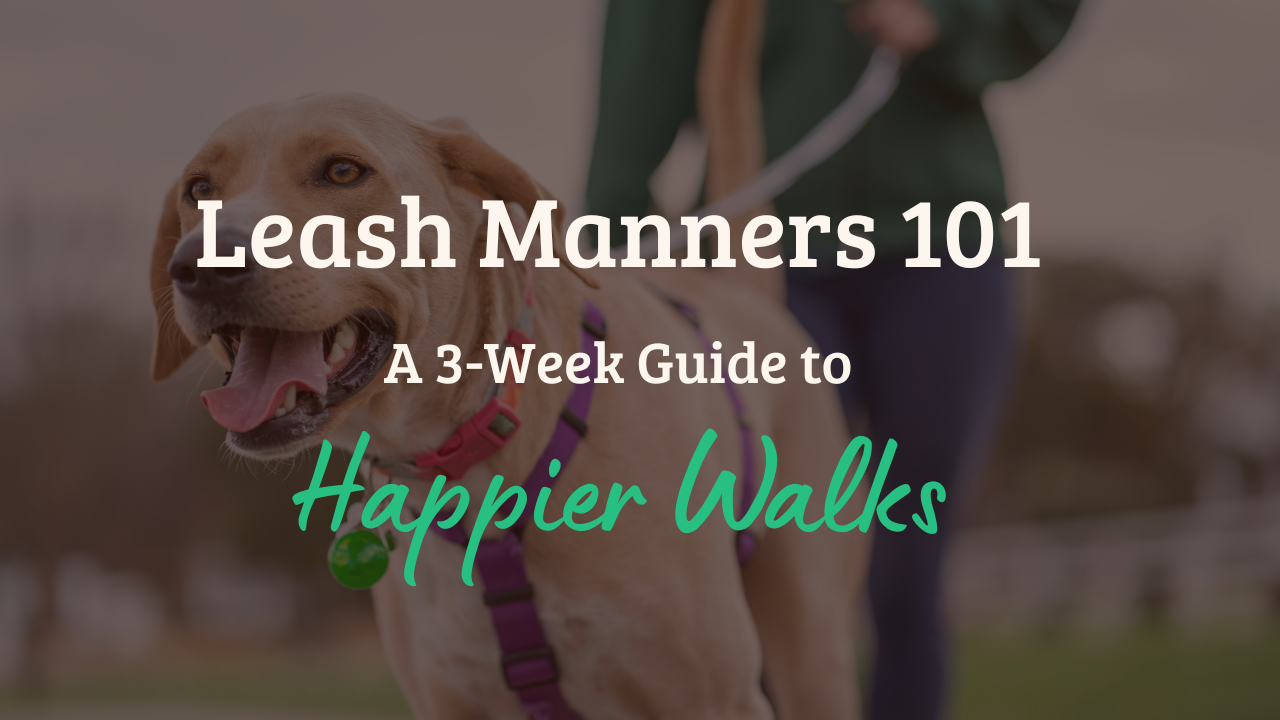When it comes to leash training, there’s a common misconception about what your dog’s walk should look like.
The truth? There’s no one-size-fits-all.
Your walk doesn’t have to fit into some picture-perfect mold to be effective or enjoyable.
🎧Like to listen?
Check out my Your New Puppy's Podcast episode on this same topic.
YNP #081: My Rules for Your Dog's Walk or anywhere you listen to podcasts.
The Three Rules of Leash Training
Here are my simple rules for a successful walk:
- Your dog is within six feet of you (hint: no retractable leashes).
- Both you and your dog are enjoying the walk.
- Everyone around you is safe.
That’s it. If you and your dog are meeting those criteria, you’re doing just fine.
Let Go of the "Perfect" Walk
Many dog owners picture the “ideal” leash walk as their dog at their side, walking in a straight line at a steady pace without stopping to sniff.
The reality is, that’s not fun for your dog. Dogs want to explore, sniff, and take in the world around them. That’s one of the biggest reasons why leash training feels like such a challenge.
I’m not saying you should let your dog pull you down the street or drag you to every smell.
We still need to teach them leash manners (I talk more about how to do that in Episode 50 of Your New Puppy's Podcast).
However, it doesn’t mean your dog needs to be stuck to your side for the entire walk.
When "Heel" is Helpful
Yes, your dog should know how to heel. This is an essential skill for situations like crossing a busy street, passing another dog or person, or walking through a crowded space. Think rule #3 - everyone needs to be safe.
Heel is a tool, not a requirement for the whole walk.
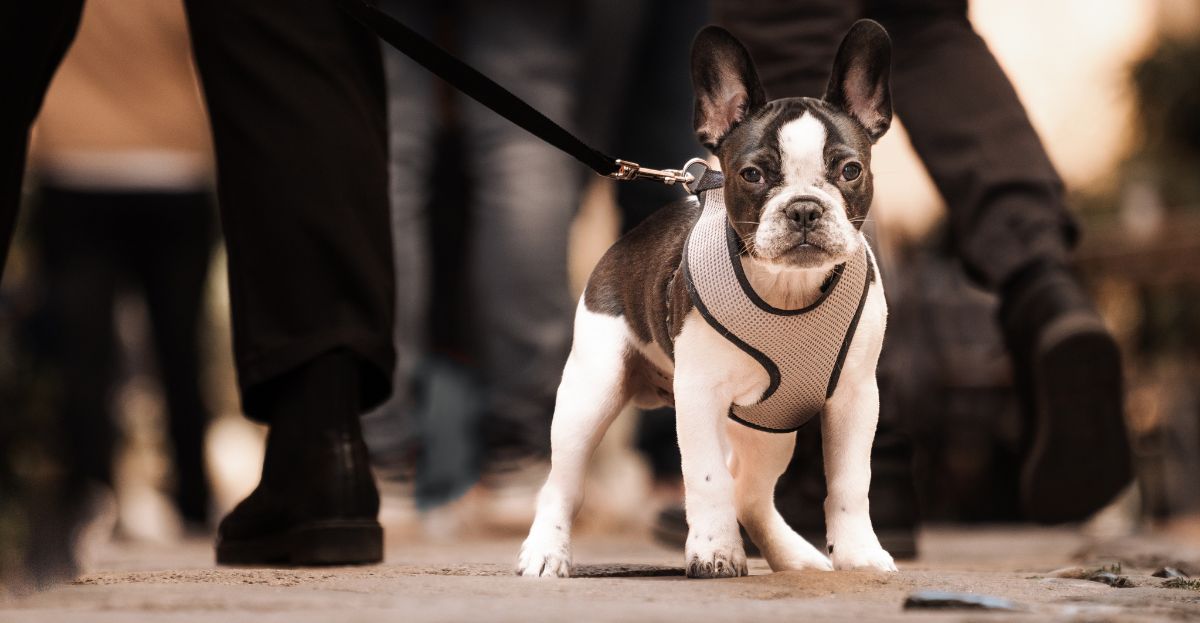
Leash Training for Special Circumstances
Puppies
Don't stress about structured walks yet if you have a super young puppy (under 12 weeks). At this stage, you’re simply getting them comfortable with their leash and surroundings.
Behavior Challenges
If you’re dealing with more serious behavior issues (think: out-of-control or reactive dogs), a more structured walk may be necessary, and you may need to seek one-on-one guidance.
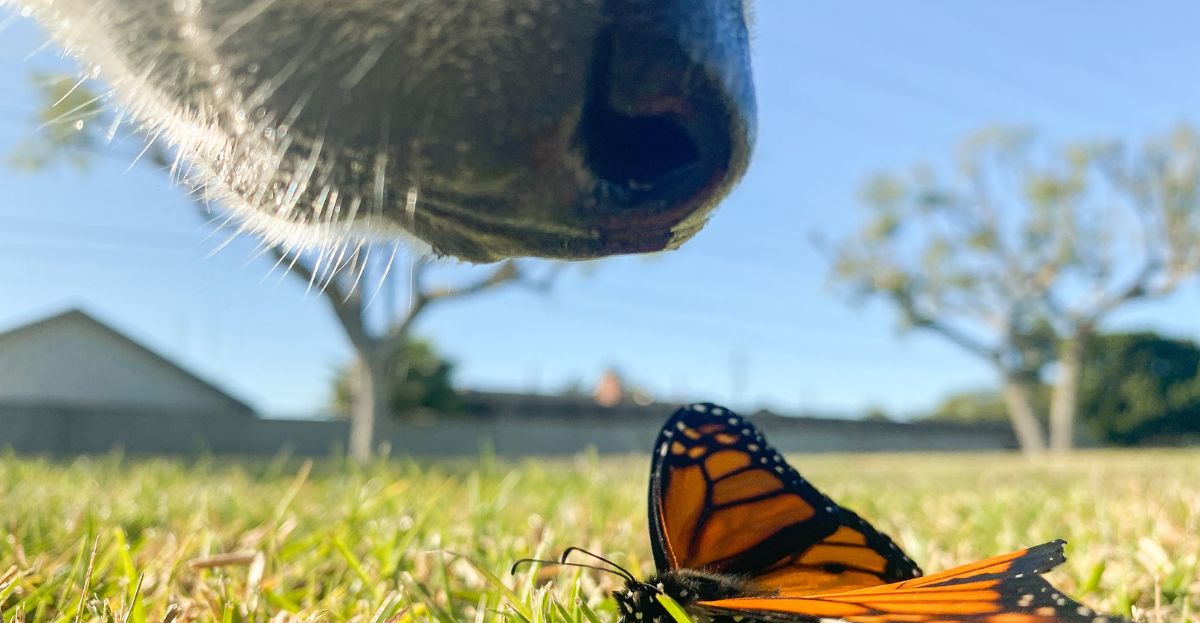
Make Walks More Enjoyable for Your Dog
Dogs naturally love walks—but there are ways to make them even more enriching. Let your dog sniff, explore, and engage with their environment.
You might even notice that a shorter walk with plenty of sniffing leaves them more satisfied (and tired!) than a brisk mile without breaks.
Your dog’s walk doesn’t have to be rigid or rule-bound. It’s about finding that sweet spot where both you and your dog enjoy your time together.
How to Use Tug of War to Teach Impulse Control
Let's wrap it up
This is your dog’s walk. As long as everyone is safe, and you’re both having fun, you get to decide what it looks like.
Don’t get stuck on what it should be—focus on what makes it meaningful for you and your dog.
What's Next?
If you're ready for personalized, step by step support to teach your pup leash manners I'd love for you to join Leash Manners 101: A Three Week Gide to Happier Walks.
When you join YOUR Perfect Puppy you receive personalized support from me and have access to a community of like minded pup parents (no social media required!). It includes 3 weeks of daily exercises designed to teach you and your pup the skills you need to have successful, happy walks!

